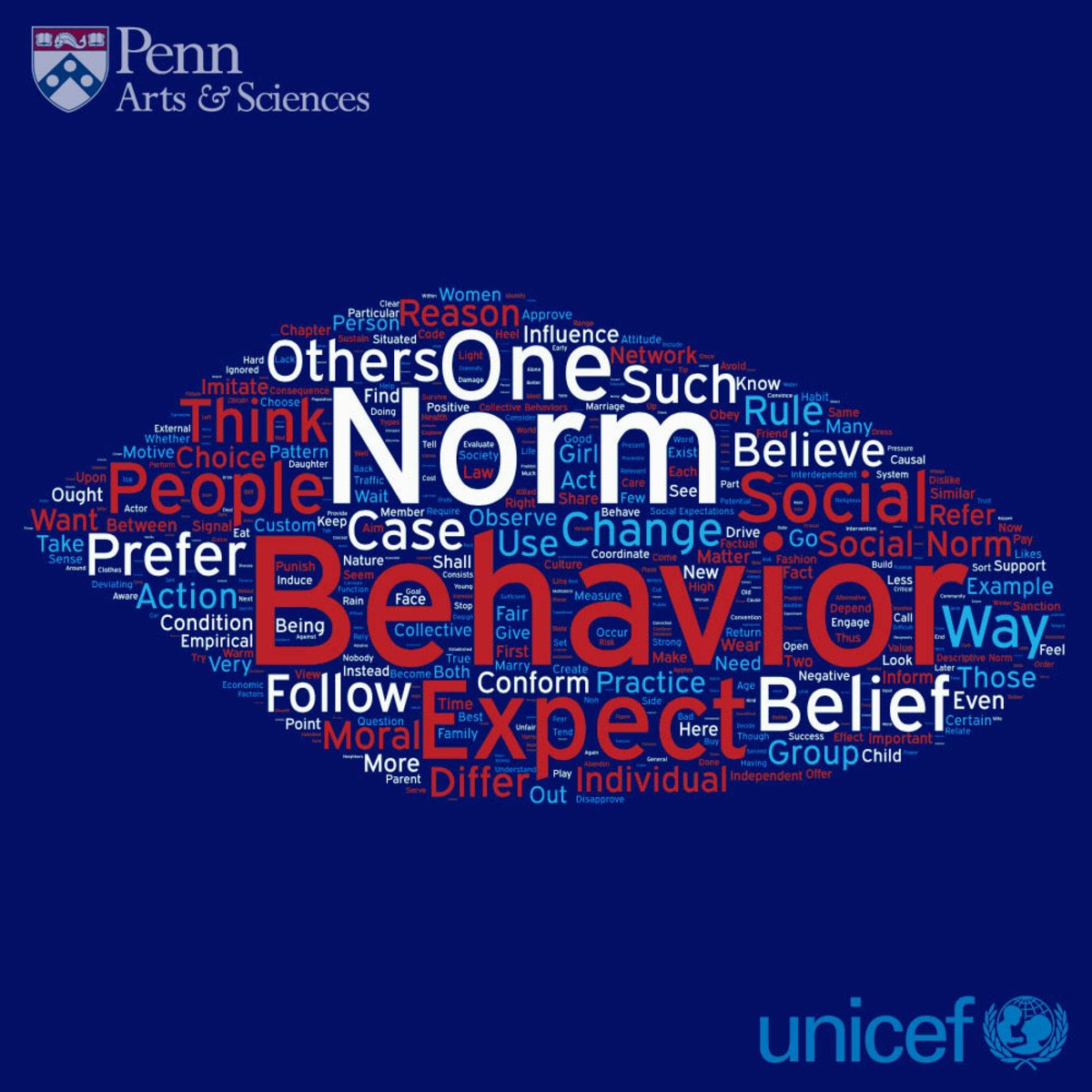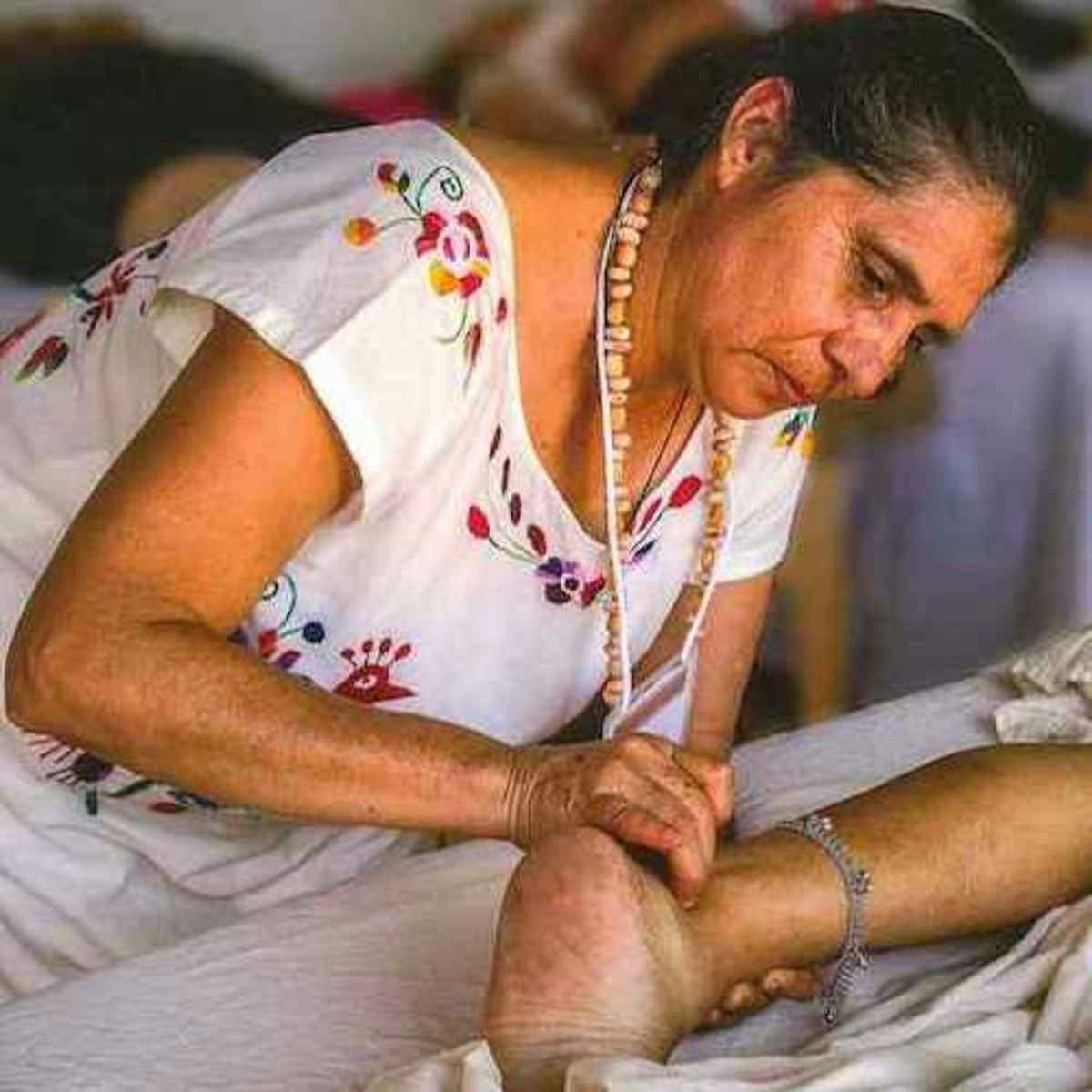Back to Courses









Arts And Humanities Courses - Page 12
Showing results 111-120 of 464

Web Design: Strategy and Information Architecture
This course is focused on the early user experience (UX) challenges of research, planning, setting goals, understanding the user, structuring content, and developing interactive sequences. While the concepts covered will translate to many kinds of interactive media (apps, digital kiosks, games), our primary focus will be on designing contemporary, responsive websites. In this course you will complete the first half of a large scale project—developing a comprehensive plan for a complex website—by defining the strategy and scope of the site, as well as developing its information architecture and overall structure. Along the way we will also discuss:
- Different job descriptions in the web design industry and where UX and UI skills fall within this spectrum
- The difference between native apps and websites
- The difference of agile vs. waterfall approaches
- User personas and site personas
- User testing
The work and knowledge in this course continues in the last course in the UI/UX Design Specialization, Web Design: Wireframes to Prototypes, where you will tackle—finally—wireframes, visual mockups, and clickable prototypes.
This is the third course in the UI/UX Design Specialization, which brings a design-centric approach to user interface (UI) and user experience (UX) design, and offers practical, skill-based instruction centered around a visual communications perspective, rather than on one focused on marketing or programming alone.
These courses are ideal for anyone with some experience in graphic or visual design and who would like to build their skill set in UI or UX for app and web design. It would also be ideal for anyone with experience in front- or back-end web development or human-computer interaction and want to sharpen their visual design and analysis skills for UI or UX.

Today’s Music Industry
This course provides an engaging and methodical insight into the past and present cultural and commercial music industry developments, directions, and trends. It will equip the students with the knowledge and skills necessary to appreciate, understand and more productively participate in today’s music industry field.

Social Norms, Social Change II
This course is Part 2 of the Social Norms, Social Change series. In this course, we will examine social change, the tools we may use to enact change, and put into practice all we have learned in Part 1. See Social Norms, Social Change Part I at this link: https://coursera.org/learn/norms
This course covers scripts and schemas, the cognitive structures in which social expectations are embedded, and their relationship with social norms. The course then examines the essentials of norm abandonment, including the relations between personal beliefs and social expectations. We will also evaluate existing intervention strategies, including legal reforms, information campaigns, economic incentives, and group deliberations. Finally, we look at a variety of tools policy makers may use to effect change, highlight the role of trendsetters in social change, and explore the conditions under which they can be successful. The course is a joint Penn-UNICEF project."
Please see the following link for a 30% discount on the book that accompanies this course:
https://global.oup.com/academic/product/9780190622053/?cc=us&lang=en&promocode=AAFLYG6

Create an interactive fiction adventure game with Python
In this 2-hour long project-based course, you will learn how to create an interactive fiction text adventure game in Python, the basics of programming and of Python language.
Note: This course works best for learners who are based in the North America region. We’re currently working on providing the same experience in other regions.

Primate Conservation
We are presently facing a potential extinction crisis for the order Primates (and many other life forms). In this course we will learn about threats to primate conservation globally. We will be using the, “Primates in Peril: The World’s 25 Most Endangered Primates 2018-2020” by Schwitzer et al. (2019) as a basis for the discussion of global primate populations. We will investigate conservation status, threats to conservations, success and failures within protecting our closest evolutionary cousins.

Introduction to Imagemaking
This course for serious makers, and for students new to imagemaking. Imagemaking is a fluid and exciting area of graphic design that comes out of practice and process: experimenting fearlessly, showing and sharing ideas, and giving and receiving knowledgeable and constructive input.
For the sake of this online platform, we have applied some structure to our investigations, but for the most part imagemaking is loose and unstructured. If we must adopt a rule in this course it is only this: you will not become a graphic designer by watching videos alone. Or, don't just make stuff just in your head. So here, the focus here is on making, and you are expected to devote serious time and intellectual energy to that activity in this course. Specifically, you will:
- experiment with a range of materials and techniques to make images for graphic design
- expand your visual vocabulary both in terms of making and talking about work, in order to discuss your work and work of others
- learn how to make, manipulate and arrange images to create compositions, eventually culminating in the design and production of an-image-based book.
The first half of the course is an opportunity to experiment and explore imagemaking in order to expand your visual vocabulary. You will create pieces that are expressive, meditative, or 'design-y' to instigate, evoke, experiment, record, explain, or try out a media.
In the second two weeks, we’ll invite the images to deliberately and intentionally carry meaning and communication through relational moves like juxtaposition, composition, and context. We’ll look at developing and expanding the range of approaches for putting things together by composing page spreads with your images. Since nothing exists without context, we look at how to intentionally drive the image’s connotations, meanings, and associations generated through elements of composition and “visual contrasts.” Ultimately, we will take the images that you create and make a book from them.
The results of your assignments (and experiments) may generate something completely unknowable now or in the future—and that's the goal.

The French Revolution
The French Revolution was one of the most important upheavals in world history. This course examines its origins, course and outcomes.
This course is designed for you to work through successfully on your own. However you will not be alone on this journey. Use the resources included in the course and take part in the suggested learning activities to get the most out of your learning. To successfully complete this course, it is recommended that you devote at least six hours to every module over the six weeks of the course. In that time you should watch the video lectures, reflect and respond to in-video pause points, and complete the quizzes.
As part of the required reading for this course, during each week of this course you will have free access to a chapter of Peter McPhee's textbook, The French Revolution, which is also available for purchase as an e-book.
View the MOOC promotional video here: http://tinyurl.com/gstw4vv

Introduction to Comparative Indo-European Linguistics
Build your knowledge of Indo-European languages, how they changed through time, and how to reconstruct ancient languages. Every language belongs to a language family; a group of languages that are genetically related to each other. Indo-European is the name of the language family to which English belongs, along with many sub-families such as Germanic languages and Romance languages.
The Indo-European language family is now known to consist of thirteen major branches and a number of now extinct languages of which only fragments have been preserved that may once have formed branches of their own.
You’ll delve into the structure and origins of these branches. Not only will you learn about the oldest languages belonging to the Indo-European language family, but you’ll also learn about linguistic reconstruction, how you can tell whether two languages are related to each other and how language changes.
This course will guide you through the different groups of Indo-European languages. You’ll look at some of the oldest texts from these languages, including Ancient Greek and Sanskrit, and learn about the importance of oral traditions in the history of these texts.
As you progress through each of the branches of the language tree, you’ll begin to piece together the Proto-Indo-European language bit by bit by comparing and contrasting each different language in the tree.

Curanderismo: Traditional Healing of the Body
As the second of four courses on Curanderismo, the art of Hispanic/Latino traditional medicine, this course focuses specifically on traditional healing of the body. As an educational and cultural platform, this course will share a number of traditional body therapies.
Learners will not become certified traditional healers at the completion of this course but will be able apply basic principles or traditional medicine for health and illnesses. They will become familiar specifically with the traditional treatment of Empacho (intestinal blockage), Manteadas (shawl alignments), Ventosas (fire cupping), Hidroterapia (healing with water), and other topics such as the Huesero (bone setter).
Future Curanderismo courses include:
Traditional Healing of the Mind, Energy and Spirit: Temazcal (sweatlodge), Limpias (energetic/spiritual cleansings), Risaterapia (laugh therapy) and other topics.
Global and Cultural Influences of Traditional Healing: African tradition, Afro Latino from Cuba and Puerto Rico, Native American spiritual cleansings and Mayan acupuncture and other topics.
REQUIRED TEXTS
Curanderismo: The Art of Traditional Medicine without Borders by Eliseo Torres
Curandero: Traditional Healers of Mexico and the Southwest by Eliseo Torres with Imanol Miranda
Where to buy:
https://he.kendallhunt.com/product/curanderismo-art-traditional-medicine-without-borders
https://he.kendallhunt.com/product/curandero-traditional-healers-mexico-and-southwest
OPTIONAL TEXTS
Curandero: A life in Mexican Folk Healing by Eliseo Torres & Tim Sawyer
Healing with Herbs & Rituals: A Mexican Tradition, Eliseo Torres, edited by Tim Sawyer
Where to buy:
https://www.barnesandnoble.com/w/curandero-torres-eliseo-cheo/1120135382?ean=9780826336415&st=PLA&sid=BNB_1341481610&sourceId=PLAGoNA&dpid=tdtve346c&2sid=Google_c&gclid=EAIaIQobChMI3_6LmYev3gIViuNkCh3IPgUyEAQYASABEgLYXfD_BwE
https://www.barnesandnoble.com/w/healing-with-herbs-and-rituals-torres-eliseo-cheo/1120135381?ean=9780826339621&st=PLA&sid=BNB_825204424&sourceId=PLAGoNA&dpid=tdtve346c&2sid=Google_c&gclid=EAIaIQobChMIrrvswYev3gIVBsRkCh3BXQCHEAQYASABEgLnl_D_BwE
PODCAST:
Blubrry podcast - https://www.blubrry.com/normallol/41068835/normal-lol-63-depersonalization-mental-wellness-curanderismomexican-traditional-healing-with-eliseo-cheo-torres/
Itunes Episode 63 - https://itunes.apple.com/us/podcast/normal-lol-depersonalization-derealization-anxiety/id1065740418?mt=2

Cities are back in town : urban sociology for a globalizing urban world
Urbanization is reaching a new peak in the contemporary world with the rise of mega cities. Researchers try to make sense of these large urban areas using a variety of concepts. The class will review debates and present social science models of cities to analyse and compare contemporary developments.
General Overview Help Center
Urbanization is reaching a new peak in the contemporary world with the rise of mega cities. Researchers try to make sense of these large urban areas using a variety of concepts. The class will review debates and present social science models of cities to analyse and compare contemporary developments.
Globalization, Europeanization processes support the rapid developments of cities in different part of the world. Urbanization is reaching a new high in the contemporary world with the rise of mega cities (beyond 15 million inhabitants) such as Calcutta, Los Angeles, Dhaka, Cairo, Tokyo, New York, Shanghai, Mexico or Seoul. Beyond the modern metropolis, researchers try to make sense of these large urban areas using a variety of concepts such as the ‘postmetropolis’, ‘global cities’, and ‘global city-regions’. The class will review debates and present social science models of cities and metropolis to analyse and compare contemporary developments. How can do we study those cities when they become mega urban regions, does size matter and for what? Do we see the making of a vast urban world or by contrast beyond the apparent convergence of complex globalisation processes understood in relation to globalised capitalism, is it possible to identify masked differentiations and the strengthening of different urban worlds? How do we make sense of this urban world when cities are not independent units but have to be understood both in terms of territories, rootedness, and at the same time in terms of relations to take into account flux, mobility, circulations ? What is the relevance of social science concepts developed in the Western world to analyse the transformation of Lagos? To what extent may the systematic development of new forms of comparison between northern cities and cities from the South change social sciences and contribute to overcome the bias towards national comparison?
For the time being, given current conditions of capitalism, political, economic, cultural and social questions are increasingly becoming urban questions. In the modern conception of the world/globalcity, characterised by size, the aggregation of housing, differentiated divisions of labour, and the density of interaction, several conceptions of cities exist which have become entangled and sometimes opposed to each other. These different conceptions underline different processes of integration: the material city of walls, squares, houses, roads, light, utilities, buildings, waste, and physical infrastructure; the cultural city in terms of imaginations, differences, representations, ideas, symbols, arts, texts, senses, religion, and aesthetics; the politics and policies of the city in terms of domination, power, government, mobilisation, public policies, welfare, education; the social city of riots, ethnic, economic and gender inequalities, everyday life and social movements; and the economy of the city : the division of labour, scale, production, consumption, trade.....
Classic urban questions about inequalities, housing, government, integration, are combined with issues about the urban fabric, questions of mobility and rootedness, sustainable development and risks, the making of the cyborg cities, questions of social control and riots, urban culture, innovation and urban economic development.
All video produced by Sciences Po for this Mooc are under Creative Commons (BY / NC / SA)
Recommended Background
The course is designed for undergraduates but it also will interest graduates and professionals concerned in urban issues.
The course is organized in 8 sequences and displays multimedia contents (images, video, original documents). There will be also assignments that consist in participating to discussions related to theoretical models presented in the course based on case studies of your choice, and peer assessments on your contributions.
Syllabus :
Week #1 : Introduction, definition, urban questions and the use of models
Week #2 : European cities and the weberian model of integration
Week #3 : Colonial and post colonial cities
Week #4 : Industrial cities (and Socialist cities) and Marxist models
Week #5 : The American metropolis and the Chicago School,
Week #6 : Post metropolis, fragments and differences
Week #7 : Global cities and mega cities
Week #8 : Smart cities and the sociology of science and technology
Popular Internships and Jobs by Categories
Browse
© 2024 BoostGrad | All rights reserved


